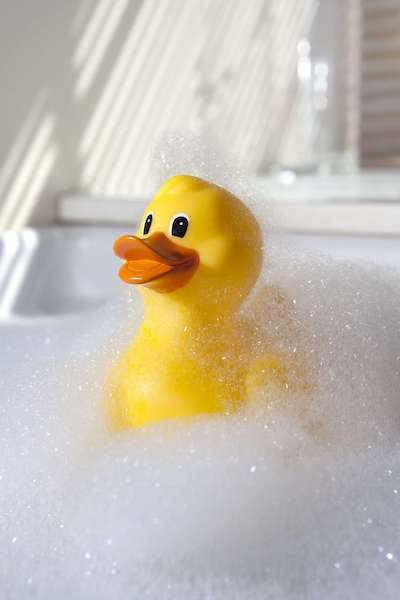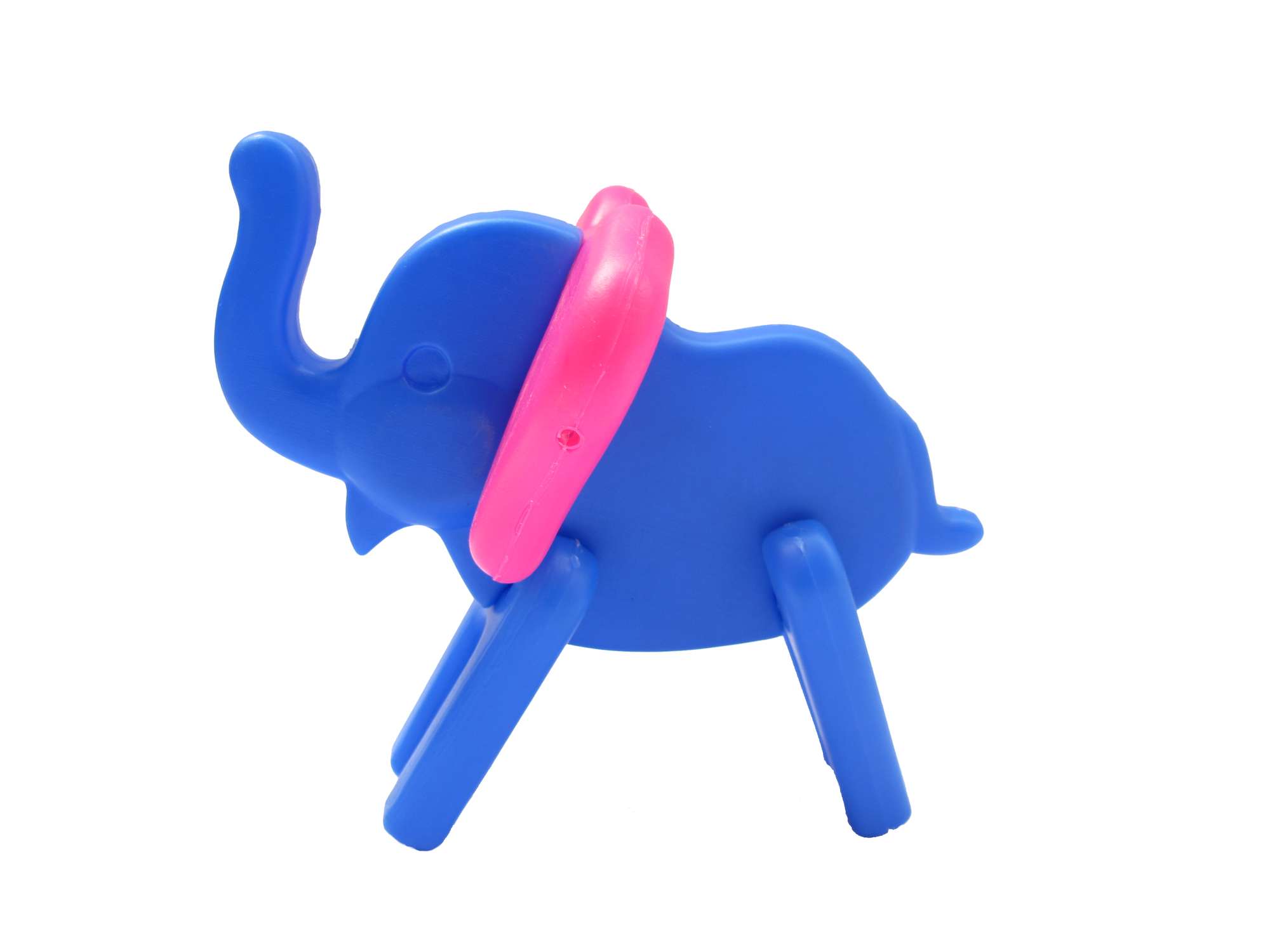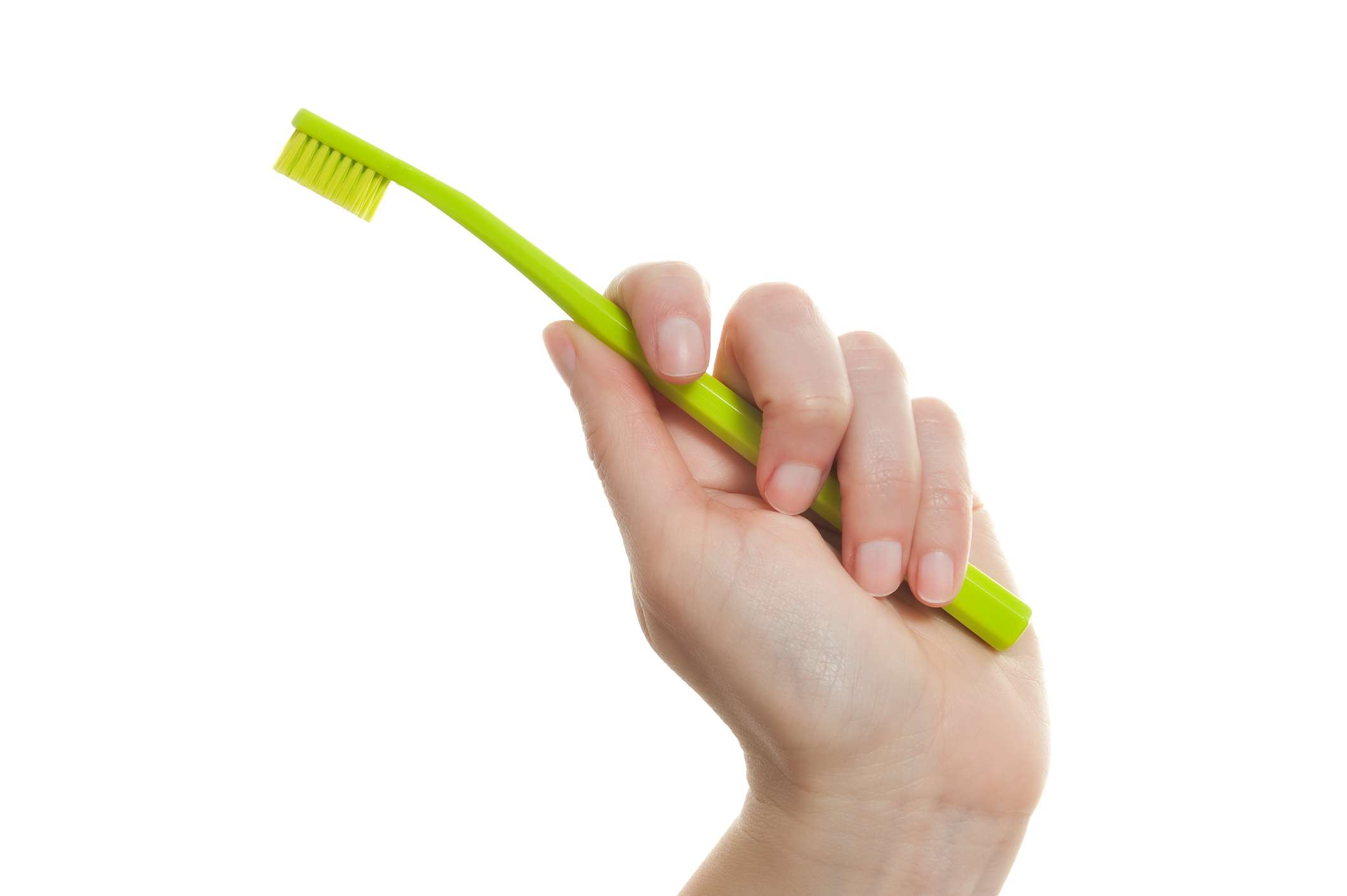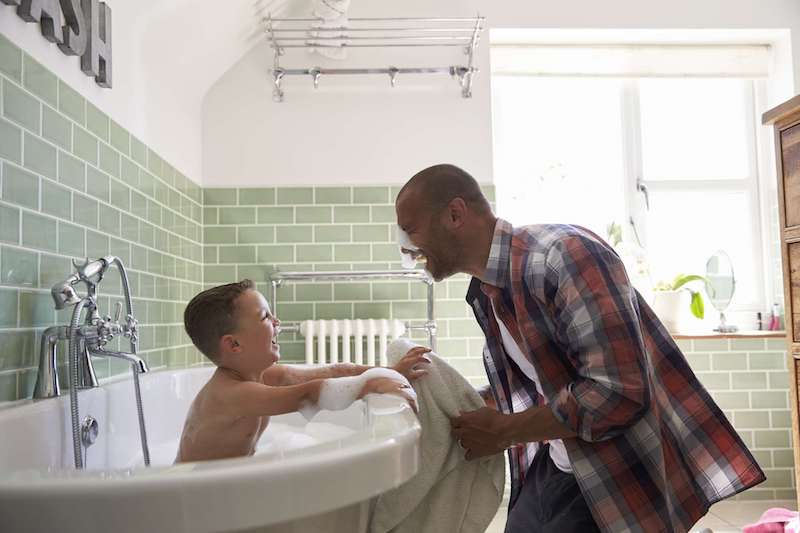You know that cute yellow little rubber ducky we all grew up playing with during bath time? The ultimate quintessential image of childhood innocence and playtime? Accidentally used by some of us to blind a parent by shooting them in the eye with a soapy jet of water... (Oops!) Or maybe the toy you’ve been blinded by while helping your child clean off the ever-present sticky substances children seem to attract. Either way, these toys have a deep, dark, dirty secret: they’re giant culprits for becoming a moldy bath toy.
Aka, a parent’s worst icky nightmare!

It’s a situation that probably happened to most parents, though. When you go to squeeze out that yellow rubber ducky or Thomas the Tank Engine bath toy, sludgy black water shoots out. Cue the face of horror.
No parent wants their child's bath time to feature mold or to experience potential health effects associated with exposure. A moldy bath toy is pretty much public enemy number one! That’s why it’s important for all parents to actively work on our mold awareness, know how to keep these toys clean, and understand what to do if a moldy bath toy is discovered.
Then your child can continue playing with their magical soap concoctions and the million-and-one toys that seem to be available nowadays.
Setting The Stage
So, why do those bath toys get moldy?
The short answer is that they’re sitting in a perfect pool of conditions that mold loves. Emphasize love. All it takes is a random spore flying by, a lack of cleanliness/dryness and, boom, there’s a moldy bath toy on your hands.
Let’s reverse a little, though. There are over 100,000 species of mold identified so far, and they all reproduce by creating spores.¹’² These microscopic spores are pretty much everywhere and typically don’t cause a problem. Your child probably encounters them multiple times a day while they’re out and about playing, walking into school, or while in the car. The mold issue begins when one of these spores finds a cozy little place to start growing inside of our homes-like on a bath toy!
Once they settle in, they’ll put down roots and begin releasing more and more spores into the air. That a) increases the chances that more moldy problems will develop in a home, and b) increases the number of foreign particles your child’s immune system has to fight off. Some species of mold can also create microscopic toxins called mycotoxins that are toxic to our health. ³
All it takes for a spore to transition into the land of the living and start colonizing a space are four conditions that happen to be rampant in a bathtub.⁴
These four things include
- Oxygen (they require very little)
- Temperature (most prefer 40-90 degrees Fahrenheit, but some can tolerate higher temperatures)
- Food (just think of all the unidentifiable particles floating around in that bathwater)
- Moisture (this one’s readily available in a bath between the bathwater and humidity)

Given these ingredients for life, a mold spore can start to grow in 24–48 hours. Once it starts to grow, your child’s bath time can become a moldy particle party. One study analyzed bath toys to see what hidden particles were catching a ride and found that most were filled with all sorts of bacteria and fungi, which is unhealthy and just gross! ⁵
Mold Exposure Is A Parenting Nightmare
Researchers are still diving into how mold exposure affects us, but it’s a tricky subject to nail down. Aspects like the length of time exposed, species, presence of mycotoxins, genetics, and immune system status all play a role. The truth is, every individual is different, and you never know how someone will react to this fungus among us.
However! What we do know is that anyone with a compromised or developing immune system is more likely to develop symptoms. Their immune systems just aren’t equipped to ward off the massive amounts of particles they’re being exposed to every day. This can lead to a long list of symptoms (again depending on the individual) as well as potential illnesses developing. ⁶’⁷’⁸’⁹

Some symptoms may include:
- Stuffy nose
- Coughing
- Fatigue
- Headaches
- Recurring infections
- Respiratory issues
- Digestive problems
- Neurological issues
While we’re discussing symptoms, one important piece of misinformation to avoid is that only black mold causes a problem. Again, there are over 100,000 species of mold. They come in a kaleidoscope of colors, and you never know how exposure to them will affect your child or you. For instance, Aspergillus is a "common mold" often found in homes and can cause a range of allergy-like symptoms or a condition called Aspergillosis.¹⁰ That’s why it’s important to prevent any and all mold and remove it ASAP when found.
The potential for a sick child, the thing we parents fight constant to avoid, is why bath toys should be at the top of the list for mold exposure prevention.
Avoiding Moldy Bath Toys
The key to preventing mold is to take away the aspects a spore needs to start growing. As a parent with a young child, these steps can be difficult to fit in as you chase your little one around the house, but they’re crucial to a mold-free bath time! Remember, mold spores can start growing in as little as 24 hours, so time is definitely of the essence.
Isn’t parenting fun?!
Choosing the Right Toy
When it comes to picking the perfect toy, the little yellow ducky, sadly, does not make the cut. The little hole at the bottom allows water in, but all of that water usually doesn’t come back out. Some of it inevitably remains trapped inside, along with all of those bathtime particles.
If a toy isn’t able to dry out completely and keeps these particles trapped inside, it then becomes a mold spore dream home. Once that spore settles in for the long haul, every bathtime adventure then reintroduces more water and yummy particles that help these fungi continue to grow and flourish.
That can quickly lead to a bathtub filled with mold particles, which isn’t really the clean bathing scenario we parents were looking for.
This is why toy choice matters! When picking out fun toys for your child to play with during bath time, make sure to choose ones that do not have the little water hole. Super fun for kids, but also super fun for mold, so that makes these toys a no-no. Instead, opt for toys that can be easily cleaned and dried out so that mold never gets the opportunity to sneak in.

If your child absolutely wants a toy with a little hole (they can be seriously persuasive when they put their mind to something), cover that hole up so water can’t get inside! A glue gun can help ensure your child’s chosen toy stays free from mold growth.
Keeping Them Dry
The main step to preventing a moldy bath toy is to keep these little suckers dry. This involves choosing the right toys for bathtime and actively ensuring they dry off after every use. Choosing the right toy helps with this drying process, but only if you actively work on getting them dry within 24 hours after use.
After a bath and before your child runs away, rinse the toy off in clean water to help remove any particles, and then set it out to dry. A drying rack of some sort or mesh bag is perfect to help ensure no pooled water collects on the toys. The goal here is to get them completely dry as soon as possible. No water means a spore doesn’t have the necessary components to start living and a moldy bath toy never develop.
Another tip is to reduce the humidity in these water-filled rooms. Between the bath, sink, and toilet, water is constantly introduced into the bathroom. To avoid mold growth, this water-filled air needs to be removed and replaced with dry air. Before starting bathtime, make sure to turn on the exhaust fan and crack the bathroom door. This promotes necessary air circulation, which removes the humid air that mold prefers and replaces it with crisp, dry air.
If there isn’t a fan in the bathroom, opening a window can help!
Keep the exhaust fan on or the window open for at least 30 minutes after bath time to make sure the bathroom is aired out fully. The indoor humidity sweet zone is between 30-50 degrees to help prevent mold growth. ¹¹
Ugh, More Cleaning!
Maintaining a regular cleaning routine can work wonders for preventing mold growth and removing any stray spores that make their way onto the toys. This cleaning extravaganza should be tackled at least once a week, but the more frequent the better.
To start, take all of those fun bath toys and soak them in a vinegar or Benefact solution for about 30 minutes to an hour. These cleaning products are descalers, meaning that they pull particles from the surface, which is especially important when moldy roots and mycotoxins are involved. After soaking, scrub every inch with a small brush (a toothbrush works fantastically) and then wipe with a microfiber towel. These towels are 100 times better at wiping away tiny particles like mold spores.
Follow this up with a quick scrub down with soap and warm water to remove any vinegar, and then leave them out to dry completely.

The goal with all of this cleaning is to remove any stuck-on particles that mold spores can munch on and remove any mold particles that managed to sneak in and attach to the bath toys. All of this cleaning can be a pain for a busy parent, but it’s worth it to keep our kids healthy and enjoying splash/bath time!
Eeek, a Moldy Bath Toy!
Sometimes, mold sneaks in and starts growing even after doing everything we can to prevent it. It’s just a determined fungus! Not needing much to survive also plays a huge part.
That being said, if you discover a moldy bath toy, it’s best to just toss it out and give the other toys an extra cleaning session. By removing the moldy issue completely, you don’t run the risk of any particles hanging on after you work to remove them. With all of the little crevices and cracks that can exist in bath toys, it can be difficult to make sure the mold is completely gone.
That being said, some kids form a serious attachment to these toys, and World War 3 would loom on the horizon if said toy disappeared. If you absolutely need to attempt mold removal from a bath toy, follow the cleaning process above but repeat the Benefact step at least 3 times. Mycotoxins and bacteria are particularly difficult to remove and require this multi-stage wash and wipe down to get rid of. Allow this toy to sit out of the bath for a while after the mold has been removed to ensure that no particles have been left behind and that the mold doesn't return. It’s definitely better to be safe than sorry.
Also! Do not use bleach! This will not remove all of those moldy particles from the toy, and your child will continue to face exposure during bath time.
The best option is still to find a clean, mold-free toy replacement to start fresh!

Maintaining The Magic of Bathtime
Having children means that bath time can be a chaotic but hilariously fun daily adventure. There’s nothing more innocent and precious than a child having the time of their lives playing around with their favorite toys and a load of soap. A moldy bath toy, though, puts a bit of a kink in this sudsy fun.
While it’s not talked about as much as the other bazillion parenting tips and warnings, preventing mold growth and being aware of the dangers of exposure are key aspects to helping ensure our children stay safe. The last thing any parent wants is a child that feels ill every time they take a bath. By keeping their favorite toys clean and mold-free, kids can focus on enjoying their water-filled bathtimes and trying not to go potty in the water.
Citations:
- Environmental Protection Agency. (n.d.). Mold. EPA. Retrieved from https://www.epa.gov/mold.
- Centers for Disease Control and Prevention. Basic facts about mold and dampness. Centers for Disease Control and Prevention. Retrieved from https://www.cdc.gov/mold/faqs.htm.
- World Health Organization. (n.d.). Mycotoxins. World Health Organization. Retrieved from https://www.who.int/news-room/fact-sheets/detail/mycotoxins.
- Lstiburek, J., Brennan, T., & Yost, N. (2002, January 15). Rr-0208: What you need to know about mold. Building Science Corporation. Retrieved from https://www.buildingscience.com/documents/reports/rr-0208-what-you-need-to-know-about-mold/view.
- Neu, L., Bänziger, C., Proctor, C. R., Zhang, Y., Liu, W. T., & Hammes, F. (2018). Ugly ducklings—the dark side of plastic materials in contact with potable water. npj Biofilms and Microbiomes, 4(1), 1-11.
- Jones, R., Recer, G. M., Hwang, S. A., & Lin, S. (2011). Association between indoor mold and asthma among children in Buffalo, New York. Indoor air, 21(2), 156-164.
- Koskinen, O. M., Husman, T. M., Meklin, T. M., & Nevalainen, A. I. (1999). Adverse health effects in children associated with moisture and mold observations in houses. International Journal of Environmental Health Research, 9(2), 143-156.
- Bush, R. K., Portnoy, J. M., Saxon, A., Terr, A. I., & Wood, R. A. (2006). The medical effects of mold exposure. Journal of Allergy and Clinical Immunology, 117(2), 326-333
- Fisk, W. J., Lei-Gomez, Q., & Mendell, M. J. (2007). Meta-analyses of the associations of respiratory health effects with dampness and mold in homes. Indoor air, 17(4), 284-296.
- Bodey, G. P., & Vartivarian, S. (1989). Aspergillosis. European Journal of Clinical Microbiology and infectious diseases, 8(5), 413-437.
- EPA. (n.d.). A Brief Guide to Mold, Moisture, and Your Home. EPA. Retrieved from https://www.epa.gov/mold/brief-guide-mold-moisture-and-your-home#tab-6.

